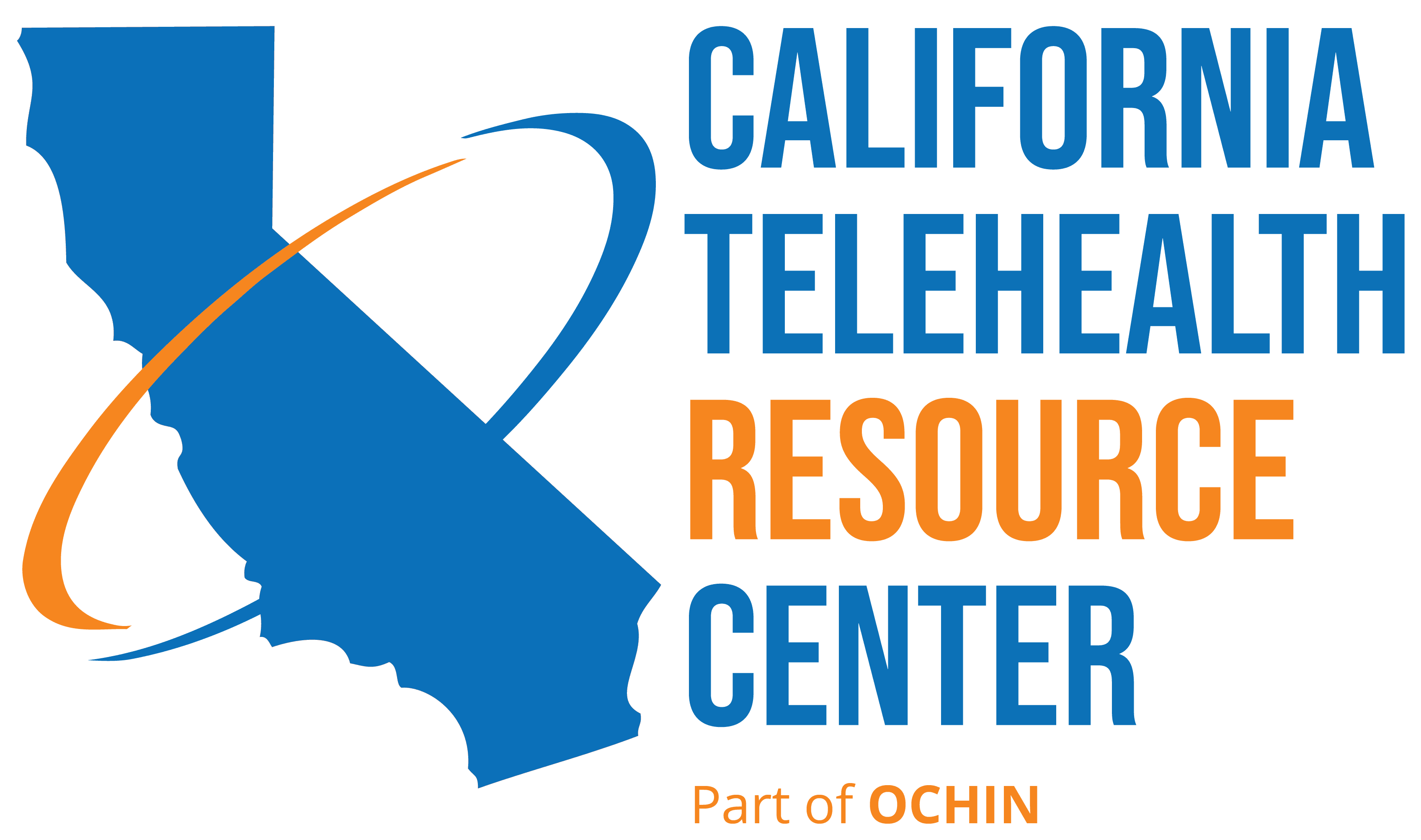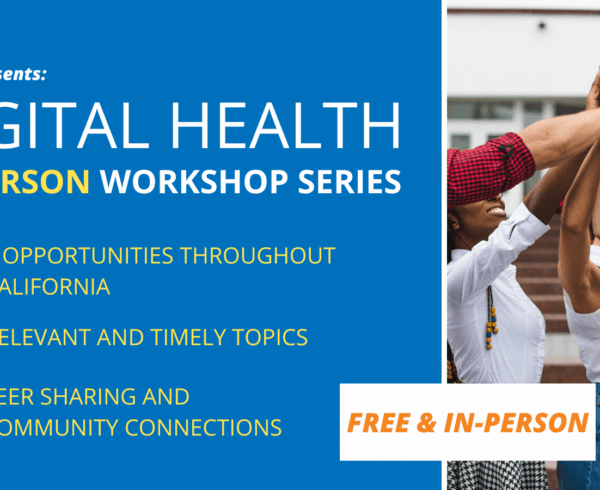In its early days, telehealth was under-researched, underfunded, and underutilized by a general public largely unaware of the vast potential benefits. Today, following a period of rapid evolution fueled by the COVID-19 pandemic, telehealth may offer a solution to one of the most pressing problems facing our nation’s youth: mental health crises.
As of 2019, one in three high school students had experienced persistent feelings of sadness or hopelessness, a 40 percent increase since 2009. Despite these substantial increases, experts believe the trend is only getting worse. In December of 2021, U.S. Surgeon General Dr. Vivek Murthy issued an official advisory to highlight the urgency of addressing the nation’s youth mental health crisis, stating:
“Mental health challenges in children, adolescents, and young adults are real and widespread. Even before the pandemic, an alarming number of young people struggled with feelings of helplessness, depression, and thoughts of suicide—and rates have increased over the past decade … the COVID-19 pandemic further altered their experiences at home, school, and in the community, and the effect on their mental health has been devastating. The future well-being of our country depends on how we support and invest in the next generation. Especially in this moment, as we work to protect the health of Americans in the face of a new variant, we also need to focus on how we can emerge stronger on the other side. This advisory shows us how we can all work together to step up for our children during this dual crisis.”
The experts at the California Telehealth Research Center (CTRC) believe that school-based health centers (SBHCs) can play a significant role to address mental health crises in adolescent school-aged children.
What is a School-Based Health Center?
School-based health centers are clinics that exist to ensure our youth have equal and equitable access to care. SBHCs employ several different models ranging from clinics with full-time medical and mental health staff to part-time clinics that offer a limited set of health services. Some SBHCs serve only students while others serve the entire community. The highly customizable nature of these clinics allows health professionals to better fill the gaps in equitable access to care.
California’s School-Based Health Centers
Of California’s 293 school-based health centers, 39% are in high schools, 21% are in elementary schools, 10% are in middle schools, and 25% are school-linked through the use of mobile medical vans. Many of these SBHCs serve the state’s most vulnerable children. For example, on campuses with SBHCs, about 70% of students receive free or reduced-price meals. Most of California’s SBHCs are located in low-income schools with student populations that experience higher rates of violent injury, poor nutrition, physical inactivity, substance abuse, and sexually risky behaviors.
SBHCs offer high-risk adolescents services that have the potential to save their lives, given the impacts of childhood risk factors on higher rates of diabetes, heart disease, cancer, and other chronic illnesses in adulthood. In addition, these services can help high-risk adolescents overcome obstacles to academic success.
Mental Health of School-Aged Children: The Statistics
As of 2019, approximately one in six youth reported making a suicide plan in the past year, a 44 percent increase since 2009. With suicide now among the top five causes of death among children ages 12-19, action to remedy this crisis is urgently needed.
California’s Numbers
According to data from Kidsdata.org, among California’s young people aged 5-19 there were over 37,000 hospital discharges for mental health issues; 12,719 for children ages 5-14; and 25,068 for teens ages 15-19 in 2020 alone.
7 Reasons Why Supports for Adolescent Mental Health are Important
- Most mental health disorders emerge before age 24, and the prevalence of such disorders is
on the rise, affecting as many as one in five U.S. children and youth each year.
- Suicide is the second leading cause of death among youth ages 10-24.
- Treatment of mental illness is costly and accounts for the largest share of health care spending for children and youth in the U.S.
- Most young people who need mental health treatment do not receive it, placing them at increased risk for negative outcomes throughout their lifetimes.
- Anxiety disorders are the most commonly-diagnosed mental health conditions among youth, affecting an estimated 32% of U.S. adolescents.
- Depression-related feelings also are common, with 37% of high school students nationwide in 2019 estimated to have had persistent feelings of sadness or hopelessness in the previous year, up from 26% in 2009.
- Youth with anxiety, depression, or other mental health disorders are more likely to exhibit suicidal behavior, drop out of school, use alcohol or drugs, and engage in unsafe sexual activity, in addition to experiencing greater difficulties in school and with relationships
The Benefits of School-Based Telehealth for Mental Health Care
Youth access to mental health services is often difficult because of factors such as financial insecurity, lack of insurance coverage, or lack of transportation. In addition, it can be challenging for young people to cope with the stigma associated with mental health issues. These are among the reasons one in five youth with a mental health disorder will receive little to no treatment.
We can help remedy this disparity by providing mental health services in our schools.
For many students with mental health concerns, school programs such as SBHCs are their only source of care. Health programs integrated within schools have been recognized for playing a role in reducing stigma, promoting prevention, and raising mental health awareness.
SBHCs often integrate primary care and mental health services, meaning that when a student visits a SBHC for primary care, there are opportunities for medical staff to screen and assess that student’s mental health. Opportunities such as these are crucial when it comes to harm reduction and mental health treatment.
For example, integrating mental health services and primary care has been shown to successfully identify 90% of the primary care clients who need mental health care, resulting in 85% percent of them eventually receiving treatment.
Toby’s Story: Telehealth Success in a School-Based Setting
We are interested in hearing from real students who have benefitted from telehealth in a school setting.
CTRC spoke with 18-year-old Toby Linn, a Folsom High School student who has Down Syndrome, a developmental disability, a speech/language disability, and multiple chronic health conditions. With the onset of the COVID-19 pandemic, many schools were forced to close their doors, restricting access to school-based services such as occupational or speech therapy that are a necessity for students like Toby. Luckily, school districts across California explored telehealth as an alternative way to serve students safely. For an inside look on how access to these services impact students and their families, check out Toby’s Story, part one of four in CTRC’s video series following one family’s experience with virtual care during the COVID-19 pandemic.
Ways Telehealth Can Compensate for Limitations of School-Based Health Centers
While SBHCs offer many services to support mental health, there are a few barriers that can potentially prevent students from reaching out for help:
- Staffing. If a clinic is understaffed, some students seeking care may fall through the cracks.
- Social Pressure. Some students are wary of seeking help because of the stigma associated with mental health issues.
- Income. A study on the effectiveness of SBHCs finds that low-income students often face greater barriers to access and utilize available services at a lower frequency.
The addition of telehealth services within these clinics can help to overcome these barriers. Telehealth services allow physicians from any location to provide care, thus alleviating clinician staffing shortages. Telehealth provides a discreet way for students to receive mental health care, minimizing potential negative impacts of social pressure or stigma. Lastly, with the proper legislative support and action, California can assist low-income families by providing easily accessible mental health support and care, free of charge.
Looking for assistance in maintaining a functional school-based telehealth program? CTRC offers several services, including program implementation consultations, free unbiased telehealth resources, trainings, and even technical assistance. To contact the experts at CTRC, head to our website, CalTRC.org and submit a contact form to learn how we can assist you.
How to Determine if Your Local School District Offers School-Based Telehealth
To determine if your local school district has school-based telehealth, click on one of the links below.
- View a map of California’s SBHCs with locations listed by county
- View a list of California’s SBHCs and contact information
My Local School Does Not Offer SBTH. What Now?
There are many ways to start a school-based health center or to expand your school health program to include medical, mental health, or dental services.
CTRC offers individualized technical assistance and workshops to help schools and providers work together to start SBHCs or expand school health services with telehealth. Please contact us to learn how we can help you get started!
Resources Courtesy of the California School-Based Health Alliance
From Vision to Reality: How to Build a School Health Center from the Ground Up
This toolkit on starting a school-based health center is a comprehensive resource for anyone seeking to expand health services for students. Regardless of whether a school nurse, community clinic, school administrator, or mental health provider spearheads the process, it is hoped that it will spark an interest that inspires establishment of more full-fledged school health centers. This toolkit covers issues including community planning, youth engagement, health center structure and staffing, school health center funding, school health center licensing and regulations in California, operations, facilities, and evaluation. It also contains sample job descriptions, clinic floor plans, consent forms, surveys, and other resources that will help make your vision a reality!
Guidelines for California School Health Centers
These guidelines were developed by the California School-Based Health Alliance to encourage establishment of certification standards for school health centers. While not yet authorized as standards, these guidelines offer excellent service parameters for new school health centers, or those expanding/revising their procedures or scope of service. Find guidelines for all SBHCs relating to access to care, school-community integration, and operating procedures, as well as specific guidelines for centers providing different types of clinical services: medical, behavioral health, and dental care.
School-Based Health Center Blueprint
This online resource for members of the national School-Based Health Alliance provides a comprehensive set of tools to launch an SBHC. Topics include planning and evaluation, communications, facilities, fiscal management, management information systems, practice compliance, human resources, care management, business operations, and advocacy.
Suicide Resources for Parents & Children
- Suicide Prevention 101 for Parents in English (PDF)
- Prevención del Suicidio para Padres (PDF)
- Cawm Kom Txhob Txo Txoj Sia 101 rau cov Niam Txiv (PDF)
- Help for Students in Crisis
- Los Angeles County Suicide Hotlines
- National Suicide Prevention Lifeline
24-Hour Local Referrals
- 1-800-273-TALK (8255)
- 1-888-628-9454 (En Espanol)
- 1-800-799-4TTY (4889)
VETERANS PRESS “1”
24-Hour Bilingual Services
- 1-800-843-5200





